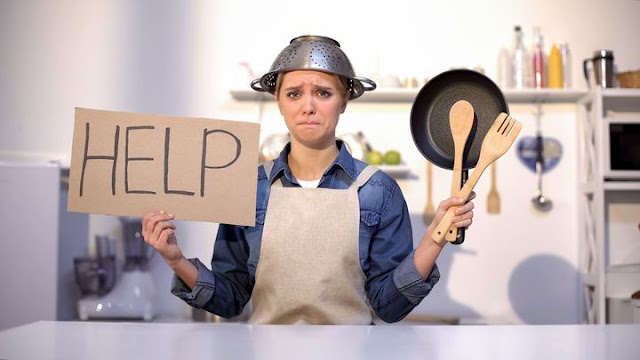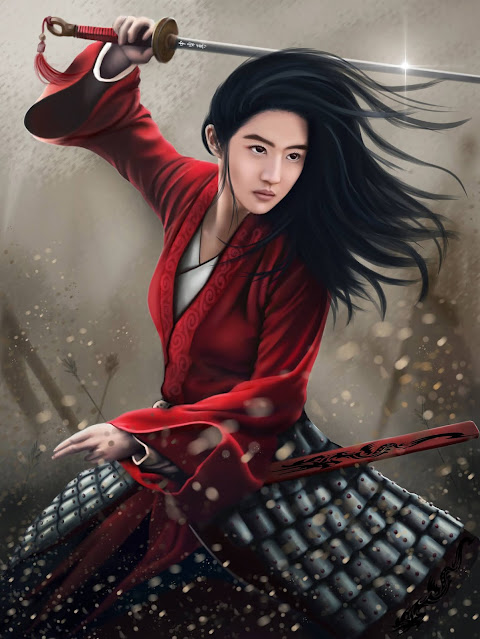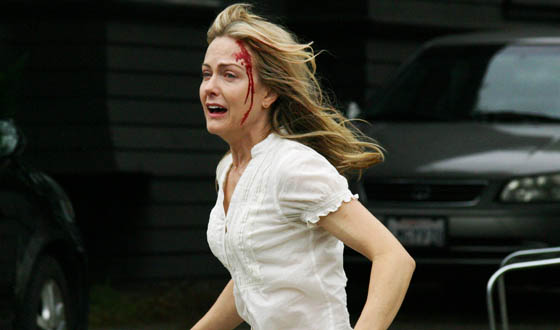Written by the Tradition's founders to introduce a synthesis of the modern Pagan religion of Wicca with humanity's innate urge to explore, In the Shadows of Adventure is a complete Book of Shadows and more: an illustrated, in-depth examination of Adventure Wicca's fundamentals and its singular interpretation of Wiccan theology, enhanced with songs, stories, poems, and unique rituals.
About the author:
I was born in the Pacific Northwest, but can't imagine calling anywhere but Tucson home. I've written quite a few novels, ranging from contemporary to fantasy, and including a set of stories for children and a couple of books for middle-schoolers. My nonfiction work ranges from a variety of books about Wicca - because I'm a fully ordained Wiccan priestess - to one about West Highland White Terriers! And of course I've always got more stories and books in the pipeline. When such things are safe, Husband-man and I love to entertain. We like to camp and travel, too, especially to Celtic Festivals, where we often hold a booth for our Scottish clan (MacCallum-Malcolm), and sometimes get to show off our West Highland White Terriers, Wee Dram (CH Headsup Highland Adventure) and Isla, whose formal name is Islay Single Malt. Speaking of single malt, I take mine neat.




































